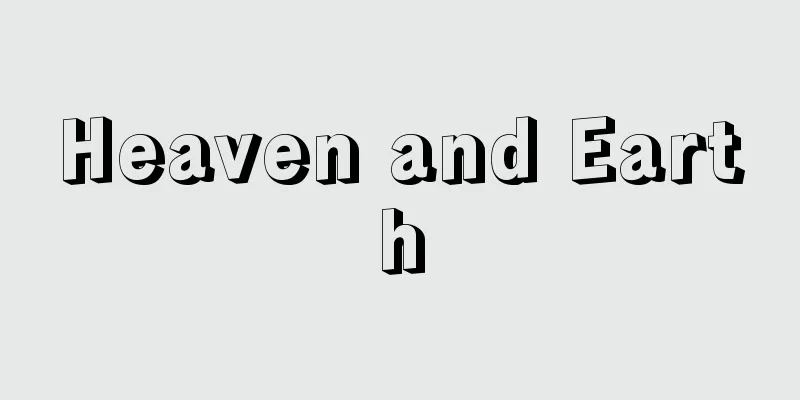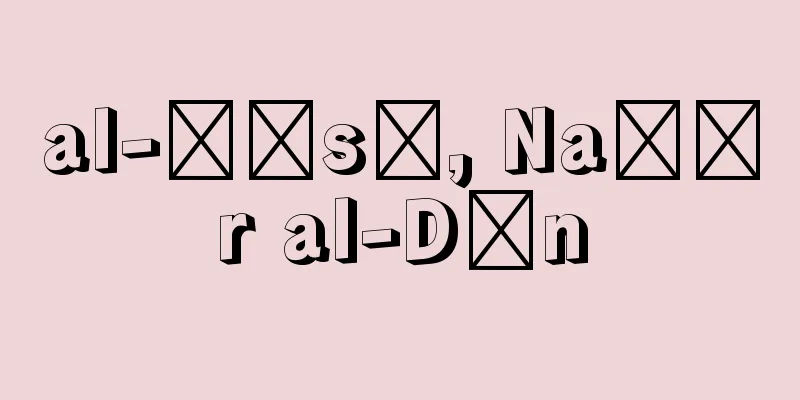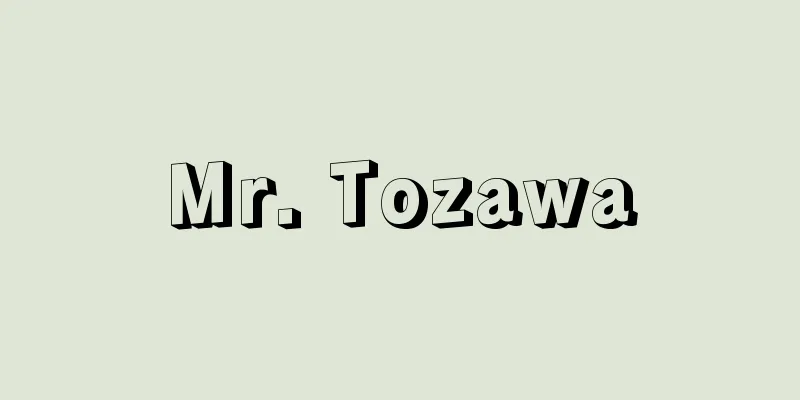Heaven and Earth

|
A recitation of 48 characters in which all the kana are read without repeating the same kana. The full text is as follows: Ame (heaven) Tsuchi (earth) Hoshi (star) Sora (sky) Yama (mountain) Kaha (river) Mine (peak) Tani (valley) Kumo (cloud) Kiri (fog) Muro (room) Koke (moss) Hito (person) Inu (dog) Ue (upper) Sue (end) Yuwa (sulfur) Saru (monkey) Ofu (grow) E (branch) of a (zelkova) Na (familiar) I (stay) The meaning is difficult to understand after "Ofusyo", and there is a theory that different kanji are used. The reason there are 48 characters is to distinguish between "e" in the A row and "e" in the Ya row, which shows that it was created in a time when the two were phonetically distinct. Therefore, it is older than the 47-character "Iroha Song" and is probably thought to have been created in the early Heian period. The author and the original purpose of its creation are unknown, but it is likely that it was created by somehow reorganizing the 50-syllable chart. Also, until the "Iroha Song" became popular, it was used for writing practice, along with the "Naniwazu no Uta." [Kondo Yasuhiro] "Thoughts on the Sound Chart and Song Practices" by Toru Oya (1918, Dainihon Tosho/Reprint edition, 1969, Benseisha) " "Thoughts on the History of Japanese Tones" by Hideo Komatsu (1971, Kazama Shobo) Source: Shogakukan Encyclopedia Nipponica About Encyclopedia Nipponica Information | Legend |
|
すべての仮名を、同じ仮名を繰り返さずに読み込んだ48字の誦文(しょうぶん)。全文は次のとおりである。 あめ(天) つち(地) ほし(星) そら(空) やま(山) かは(川) みね(峰) たに(谷) くも(雲) きり(霧) むろ(室) こけ(苔) ひと(人) いぬ(犬) うへ(上) すゑ(末) ゆわ(硫黄) さる(猿) おふ(生)せよ え(榎)の え(枝)を な(馴)れ ゐ(居)て [近藤泰弘] 『大矢透著『音図及手習詞歌考』(1918・大日本図書/復刻版・1969・勉誠社)』▽『小松英雄著『日本声調史論考』(1971・風間書房)』 出典 小学館 日本大百科全書(ニッポニカ)日本大百科全書(ニッポニカ)について 情報 | 凡例 |
Recommend
Revolutionary People's Republic of Guinea
... In March 1984, Touré died and Prime Minister ...
Sykes, GM
...D. Matza's "Drifting Theory of Delinq...
The Joou Incident
In September 1652 (Shoo 1), a group of ronin led ...
Smart, J.
… [Denial of mind-body separation] It is natural ...
Eiho Nagao - Eiyu Eiho
...A Zen monk and kyoka poet from the Azuchi-Momo...
Ogata Koreyoshi - Ogata Koreyoshi
Year of birth: Year of birth and death unknown. A ...
SD (System)
...SD is a method of clarifying the characteristi...
Irrational equation - irrational equation
An equation that contains an arbitrary expression...
Tehran - Teheran (English spelling)
The capital of Iran, located in north-central Ira...
Friedrich Rittelmeyer
1872‐1938 German theologian. He was active as a Pr...
Horse-borrower
A transportation business using horseback that wa...
Sepiolite
…It is a type of magnesium clay mineral, commonly...
Invitation - Kanjo
To ask the Buddha to preach the law or to live in...
Thermotropism
…Bending toward the stimulus is called positive t...
Akogiura - Akogiura
A beach between the Iwata River and the Aikawa Ri...


![Eisel [River] - Eisel](/upload/images/67cf9825260bc.webp)






